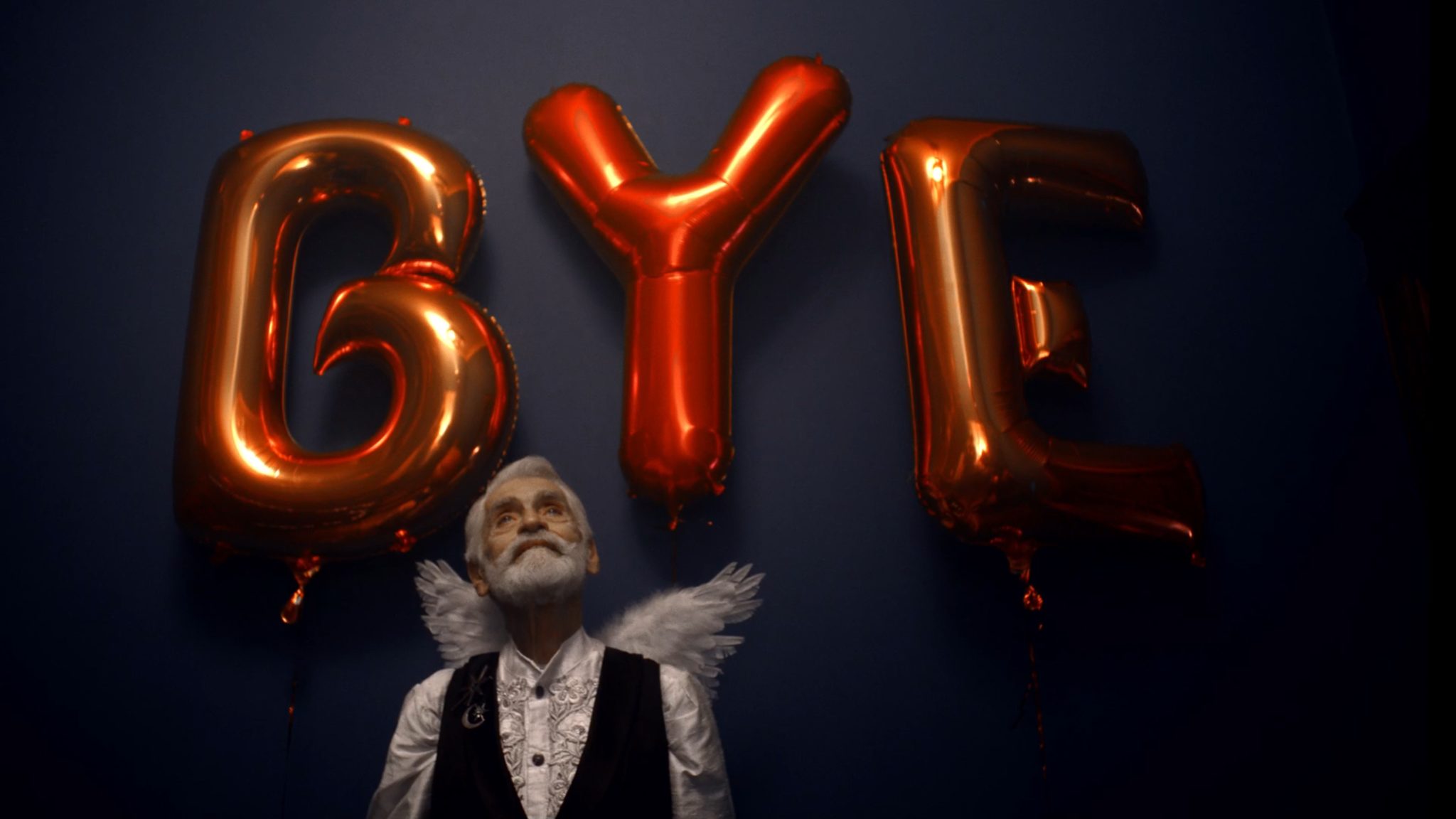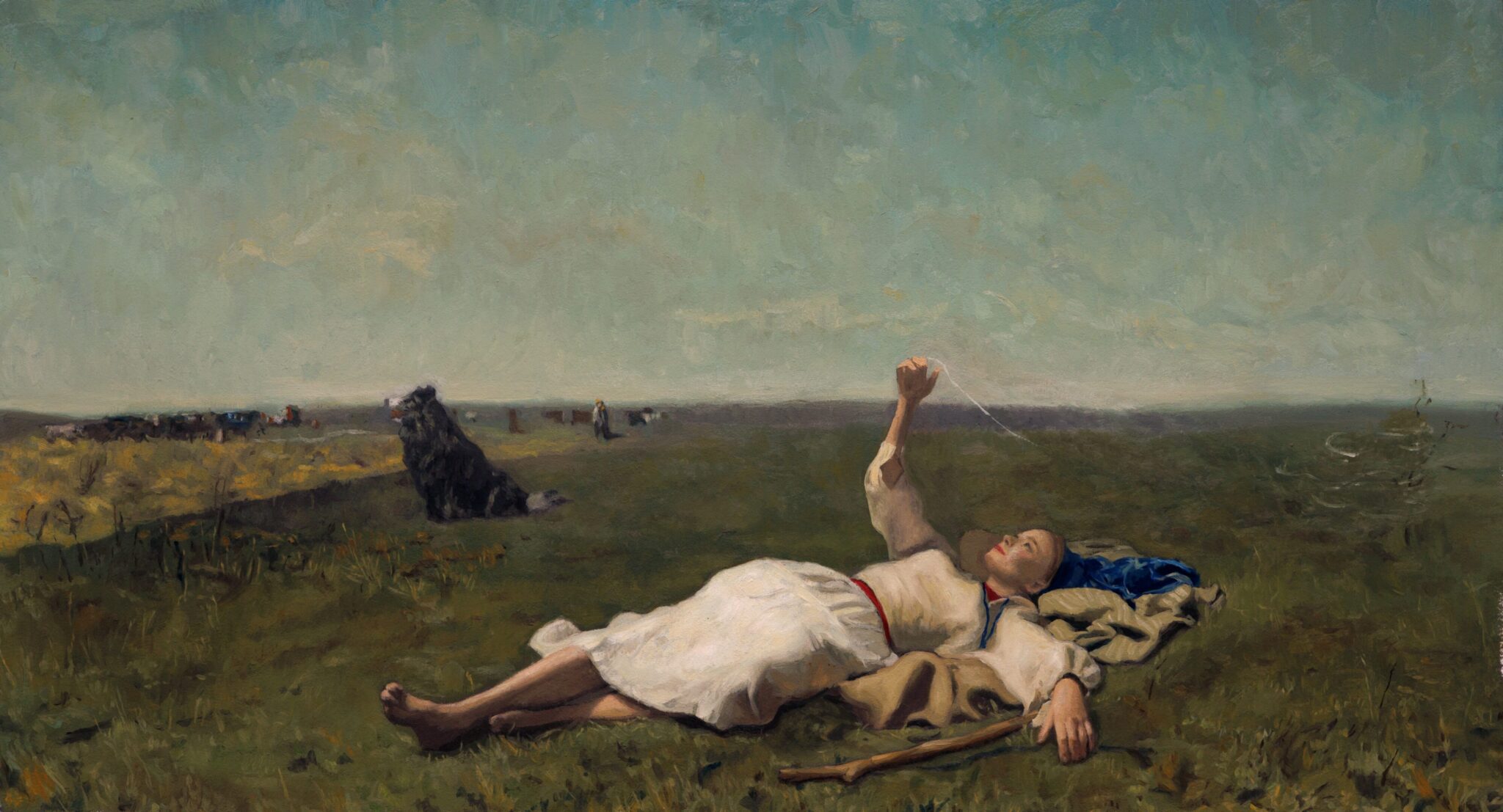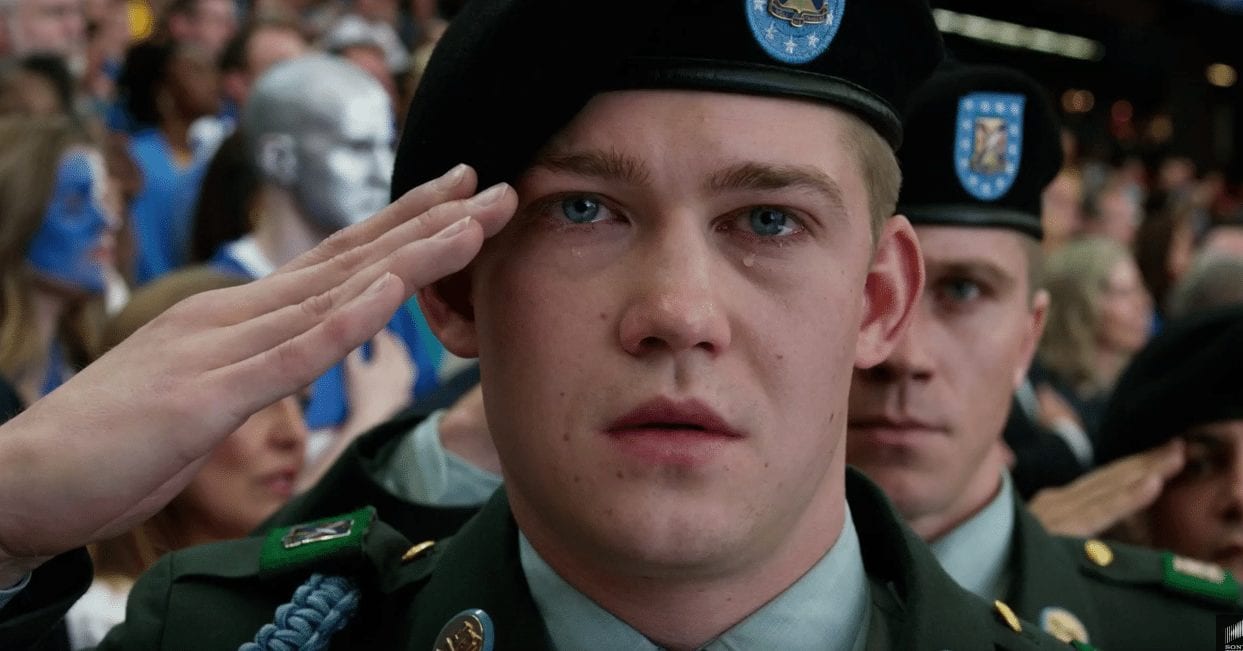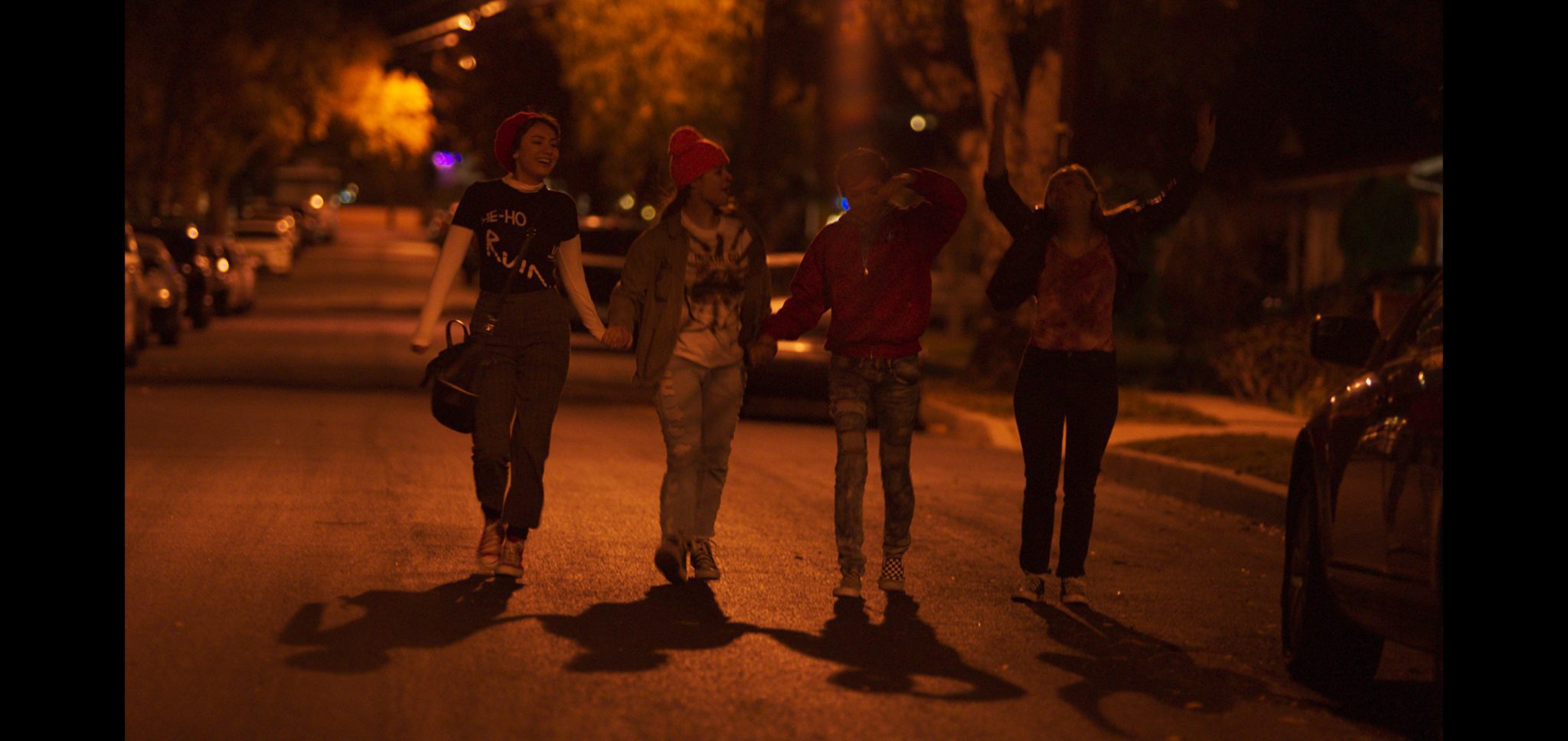
With the success of The Lost World: Jurassic Park (1997), it seemed pretty obvious that film would not be the last in the franchise. In June 1998, a third Jurassic Park film was confirmed by Universal Pictures, with a release targeted for the summer of 2000. Unfortunately, the same big problem that faced the writers for the previous film remained: what could possibly happen next?
With no third novel on which to base the new film, the plan was to bring Michael Crichton on to write the script. Crichton, however, left the project very early on to continue working on writing novels. Likewise, Steven Spielberg decided not to return as director, insteading becoming the executive producer and passing the baton to director Joe Johnston, who had made the successful Honey, I Shrunk the Kids (1989) and Jumanji (1995).
Writing the film proved to be a major challenge. The script went through several reworkings, even after construction had begun on sets and casting had started. In the end, principal photography commenced without a finalized script.
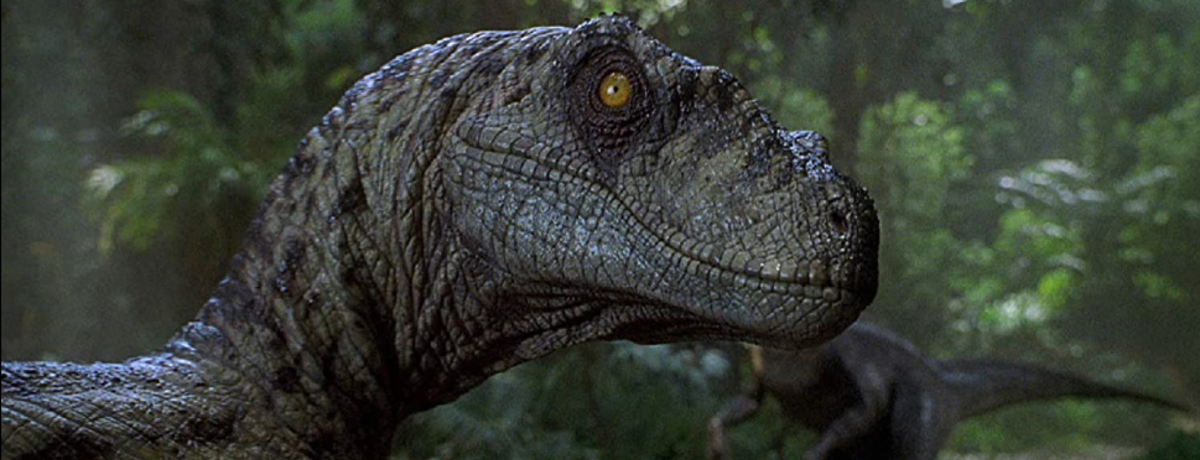
The basic premise of the film is pretty simple. A wealthy couple hire Dr. Alan Grant and his assistant, Billy Brennan, to join them on a chartered flight over Isla Sorna so that he can teach them about the dinosaurs they see. When they get to Isla Sorna, however, the plane lands. The couple, it turns out, are not wealthy. They are actually divorced and have come to the island to search for their missing son. Of course, they all end up stranded on the island together and have to find a way to get off before they are eaten by the island?s dinosaur residents.
Despite the issues in the writer?s room, Jurassic Park III is a brisk and fun little adventure film. Though it lacks the depth of the previous two movies, the film delivers on dinosaur action sequences. Stan Winston?s animatronics are top notch, with the gigantic Spinosaurus being an awe-inspiring practical special effect. The final encounter our protagonists have with the Spinosaurus happens in a river, and the animatronic is truly life-like as it thrashes and splashes around alongside the human actors. The CGI is also pretty good for the most part, though it is noticeably weak in a few shots.
While The Lost World: Jurassic Park brought back Ian Malcolm and John Hammond from the first film, with Lex and Tim Murphy getting a small cameo, Jurassic Park III brings back Dr. Alan Grant and Dr. Ellie Sattler, with both Sam Neill and Laura Dern returning to reprise their roles. It is nice to be reunited with these two characters again, though fans were a little disappointed to learn that Dr. Sattler had married some boring bureaucrat rather than Dr. Grant.

Replacing the Tyrannosaurus rex as starring carnivore this time is the Spinosaurus, a decision I think was a bit of a mistake. Spinosaurus was first described by German paleontologist Ernst Stromer in 1915 from very incomplete remains discovered in Egypt in 1912. In April 1944, this only specimen of Spinosaurus was destroyed as Britain bombed Munich. Only a handful of highly incomplete Spinosaurus specimens were found in the years between World War II and the making of Jurassic Park III, meaning very little was known about the dinosaur prior to the making of the film.
New discoveries in the years since Jurassic Park III was released has shown that the depiction of Spinosaurus in the movie is terribly inaccurate. We now believe Spinosaurus was semiaquatic and hunted primarily fish. In keeping with this semiaquatic lifestyle, Spinosaurus was adapted to live in the water much more so than it was for living on land. It had shorter hind legs than most other therapods, meaning it was probably not a very fast runner, and it had a flat, paddle-like tail to help with swimming. The shape of the sail on its back is now also believed to be much different than the semi-circle shown in the movie. Perhaps one of the most controversial moments in a Jurassic Park film comes when the Spinosaurus battles and kills a Tyrannosaurus rex, impossibly snapping the Tyrannosaurus? muscular neck with its narrow fish-catching jaws.
Also getting its chance to shine is the pterosaur Pteranodon, which briefly appeared in the final shot of The Lost World: Jurassic Park. Despite the name Pteranodon literally meaning ?wing toothless?, the animals on screen are depicted as having sharp teeth lining the inside of their beaks. Similar to Spinosaurus, Pteranodon was actually primarily a piscivore and spent its life in and around water. Still, there is no denying the scene in the aviary is one of the highlights of the film. Interestingly, this scene is adapted from a scene in the first Jurassic Park novel that did not make it into the earlier movies.
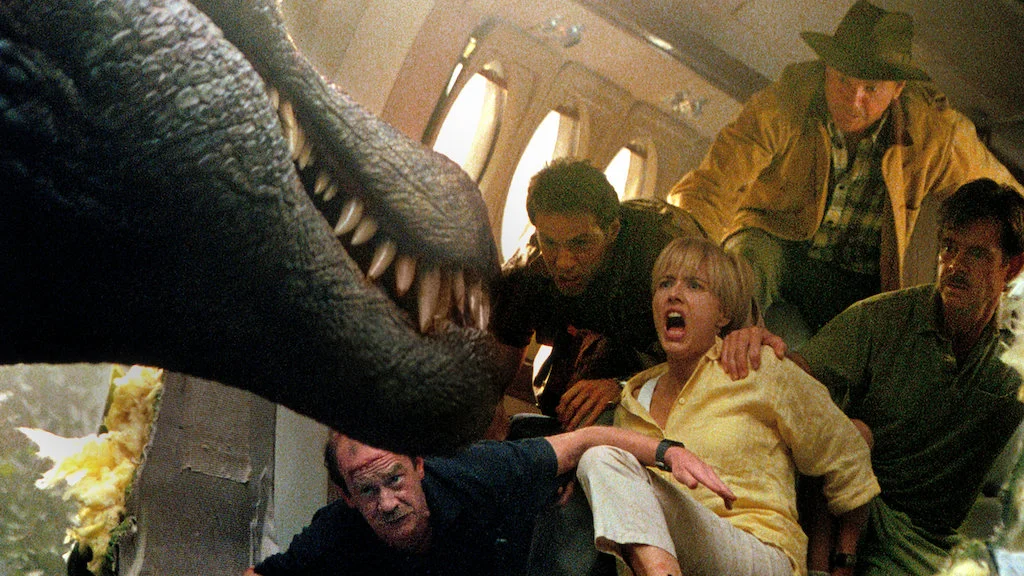
Where Jurassic Park III really falters, however, is its ending. After returning some stolen eggs to a Velociraptor pack, the characters run out of the jungle and are greeted by the military. After all that had come before, including two major clashes with the Spinosaurus, it all just feels anti-climatic. Worse yet is the reappearance of Billy, who is all bandaged up in the military helicopter after his encounter with the Pteranodon. It feels a little too neat and tidy, and it lacks any final sense of tension.
Jurassic Park III is a deeply flawed Jurassic Park sequel which likely suffers from its inability to pin down a final script before shooting started. Its portrayal of the Spinosaurus borders on crossing the line from animal to monster, and its lackluster ending sucks the air out of its sails rather than leaving a strong last impression with viewers. Still, the film is fun, and its short running time keeps the movie from becoming bogged down. While not as strong as the previous two films in the franchise, Jurassic Park III is an entertaining movie that is definitely worth watching.

